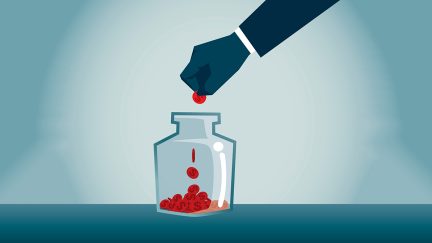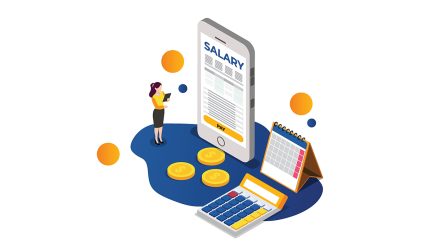For more stories like this, sign up for the PLANADVISERdash daily newsletter.
Surprising Findings in Savings Analysis Suggest Salary Matters Less Than Assumed
A new analysis published by EBRI in collaboration with J.P. Morgan suggests a person’s spending habits, rather than their salary, seem to have the biggest influence on whether they are a low saver or an average saver.
The Employee Benefit Research Institute (EBRI) and J.P. Morgan Asset Management have published a detailed new white paper, dubbed “The 3% difference: What leads to higher retirement savings rates?”
According to EBRI and J.P. Morgan leadership, this white paper is the first in a forthcoming series that will draw on a newly established, shared EBRI/J.P. Morgan database that combines 27 million 401(k) participants with JPMorgan Chase & Co.’s banking database of 22 million consumers.
“Bringing together these data sets allows us to analyze the real relationship between spending and saving, without having to rely on assumptions or projections,” says Lori Lucas, EBRI president and CEO. “In our inaugural research, we ask, why do some people save more than others, even when they have equivalent income?”
Indeed, the paper shows that, despite having similar salaries, the middle 50% of the research population save about 3% more of their salary at all ages than the bottom 25% of savers.
“This 3% difference in savings behavior, if sustained over time, could ultimately explain some of the meaningful gap that exists between the current retirement plan account balances of middle-savers and low-savers,” Lucas says.
Jack VanDerhei, EBRI research director, points to findings showing that for all income groups, the median savings percentage increases with age.
“The category of high-savers saw a much bigger increase over their working lives, though, going from 8.5% of salary saved at age 25 to 14.7% by age 65,” VanDerhei says. “On the other hand, the low-savers start at a much more modest 2.0%, rising to 3.1% by age 65.”
What’s going on here? According to the white paper, greater salaries are a big part of why the high-saver cohort can so dramatically ramp up its savings rate over time.
“However, it is very interesting and somewhat surprising to see that the salaries of middle-savers and low-savers are very close to each other, and the average salaries of the two groups converge over their working lives,” VanDerhei says. “That’s the major finding here. There’s only a 6% difference in the median salary for middle-savers versus low-savers at the start of their careers, and it diminishes over time. That should be really eye opening. It shows the influence of spending behaviors on savings can outweigh the influence of salary.”
Katherine Roy, chief retirement strategist, J.P. Morgan Asset Management, notes that spending as a percent of salary is meaningfully higher for low-savers versus middle-savers. Roughly 74% of salary is spent for the youngest group of low-savers, versus 70% for middle-savers. The gap remains pretty steady until age 45 to 50, when the spending levels basically merge.
Zooming into the data, it is clear that low-savings households are spending more on the food/beverage category, as well as on housing/transportation. Travel spending is more in line for the two groups, and in fact, middle-savers actually spend more on travel.
The EBRI and J.P. Morgan leaders say these findings will be explored in forthcoming research, because it is important to ask about the specific factors that might influence the increased spending of certain groups. They say it will also be important to compare dual-earner households with single-earner households.
You Might Also Like:

Crossmark’s Doll Projects Fewer Tailwinds and More ‘Tail Risks’ in 2025

Capital Group Names Top Focus Areas for DC Investment Consultants



